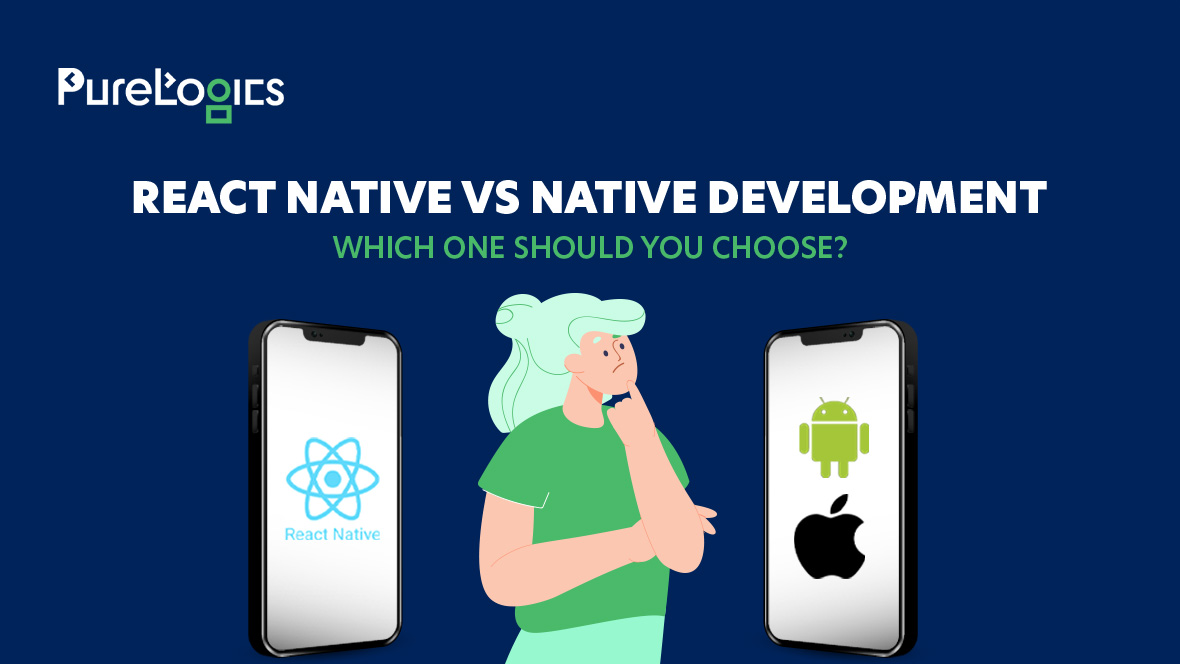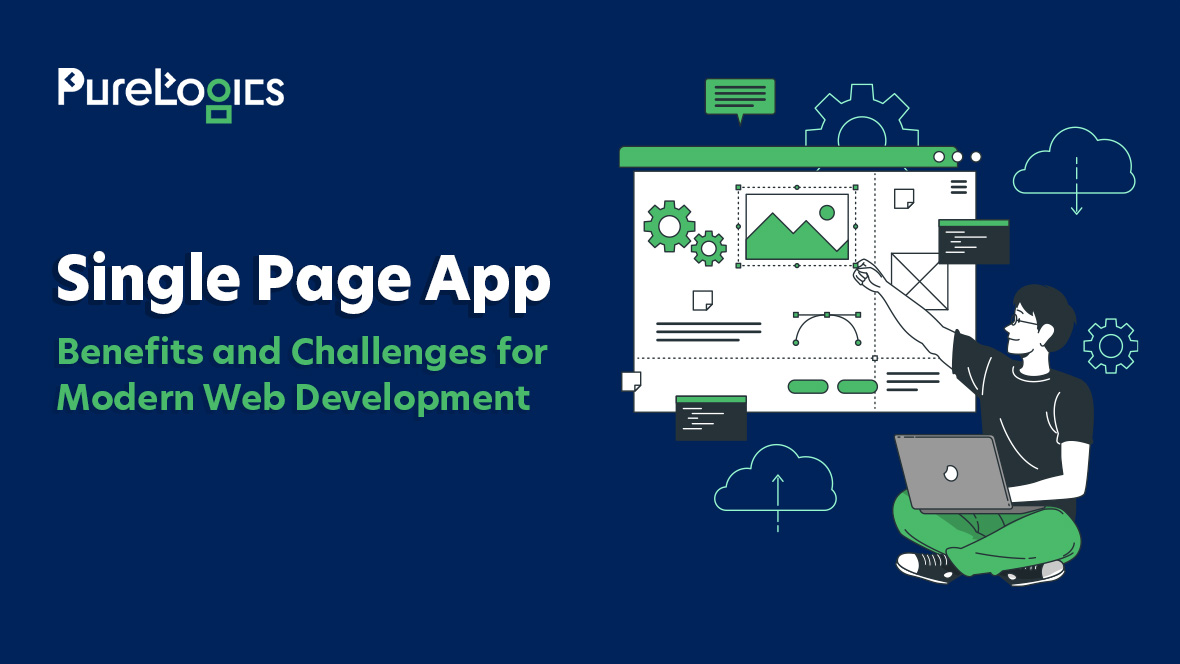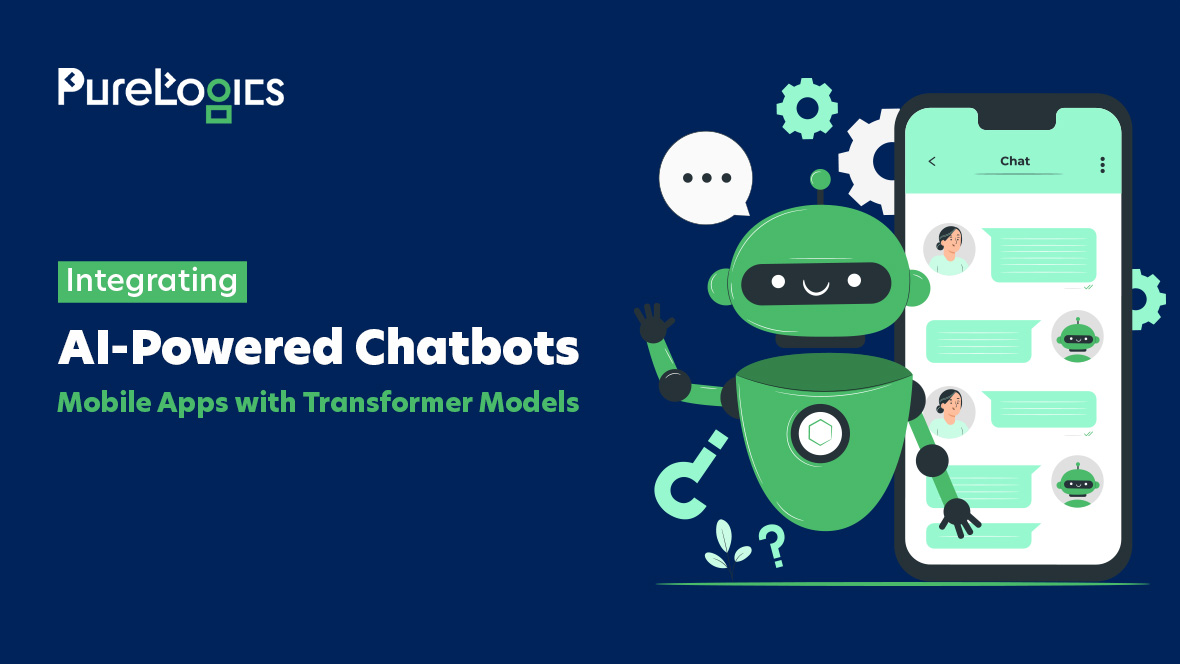6. Simple soft colors
Observation suggests that majority of the smartphone users prefers the simple range of colors, which have soft contrast. This is a natural consequence of the omnipresent minimalist and flat design of mobile applications. However, the colors are chosen based on current trends (in the color palette Pantone Spring 2015 preference is given to “a cold and soft decisions with soft warm tones”).
Try to use the template with different shades of the same color, with white font and contrasting elements. Or try a pattern with only two or three in hushed tones. In the context of a simple mobile application design we get a less scattered experience, whereby a sharp color contrast requires more attention from the eye.
7. On screen text decoration
It seems that until recently mobile applications had only safe web fonts that can be read on low resolution screens. Over the past two years, iOS and Android operating systems got optimized for more dynamic, scalable and readable fonts.
Another side effect of big screens and technological innovation (thank you, Type Kit) is the use of fonts to add beauty and expressive design of your mobile application. Regardless of whether your text is accompanied by a huge fashionable image in the background and surrounded by negative space, you can use a font they can impart powerful ideas in a minimalist way.
8. Blur
One of the trends in mobile application design is blurring of the background that adds ease of use for “semi-transparent” applications. And despite the fact that mobile applications that cover a user interface have a clear and coherent form, they can still cause problems with usability.
Depending on the background image for the users of mobile devices, as well as on the number of icons and widgets, lack of transparency can make your application more difficult to understand. Using the Gaussian blur effect in the design of the program will make it more understandable and pleasant to the eye, while keeping the “feel” of the user interface.
9. Innovation in the user-friendly design of mobile applications
As a bonus, we get that the modern design trends actually make the application easier to use. Simple layers with huge elements and fonts require less effort of the visual apparatus, while the broad movement of the arm (swipe) require more movement (zoom with two fingers, press), and are suitable for people with problems of the musculoskeletal system.
Along with the fact that Typekit allows the use of live text in a mobile application design without sacrificing the quality of fonts, it also makes our programs easier to use for people with visual impairments. Increased availability of devices with large screens and PHABLET contributed to the fact that the design of mobile applications is now more convenient for more people.
Remember that creating a user-friendly mobile application design requires a thorough reflection on how your product is clear and easy to use for the consumer. Whether this template customized for someone who may need larger and more legible font?
Create a list of features that enhance the usability of the application, it may be a good idea when working on the design of your product. The Accessibility Project offers a wealth of resources for designers and developers to help their products become available and suitable for more users.
10. Wiser prototyping
Each application used by us was once a prototype. Many experimental prototypes begin with simple sketches, printed on multiple sheets of paper or saved as PDF. Now that the design of mobile applications has become more complex, it is insufficient to show only a few static layouts.
If the application is rich in animation, you need to make it interesting though the use visual content. Remember your client is not able to grasp everything that should make the application interesting and convenient to use. In addition, the flat model does not provide enough ‘wow-effect’.
However, the work of programmers in the development of an experimental prototype has its own set of headaches, because developers have to work on the main elements, which may or may not appear in the final prototype. In order to avoid wasting time in vain, designers should create the prototype keeping the developers’ vision in mind.
Fortunately, now there are enough solutions for prototyping, so that the designer can do it easily. With minimal knowledge about writing code, or even without it, the designer can create an experimental prototype that shows how the user should interact with the application.
It is possible to create the necessary animation for application design. As a result, you not only get a prototype that will impress your potential customers, but also facilitate the process of application development.
Since you have already described all the details that are important for the application and its interaction with the user, developers can directly create the product, without wasting the time and effort to create endless design versions.
PureLogics team is equipped with excellent skills to build out of the box mobile applications and we have created some really awesome designs that have taken playstore and itunes by storm. If you have an idea to discuss, we are just a call away.


 [tta_listen_btn]
[tta_listen_btn]
 July 29 2016
July 29 2016

![10 Interesting Mobile App Design Trends [Part 2]](https://purelogics.com/wp-content/uploads/2016/07/10-Interesting-Mobile-App-Design-Trends-Part-2.jpg)




